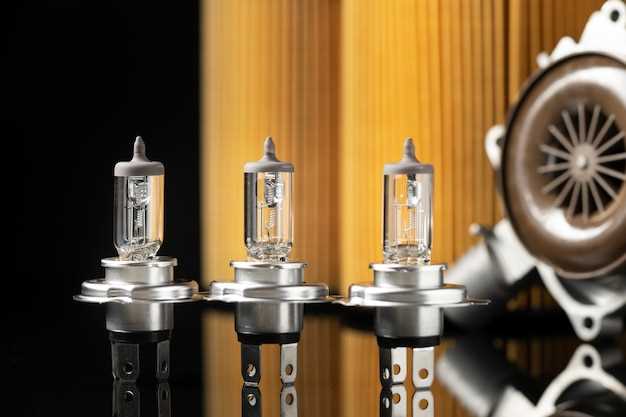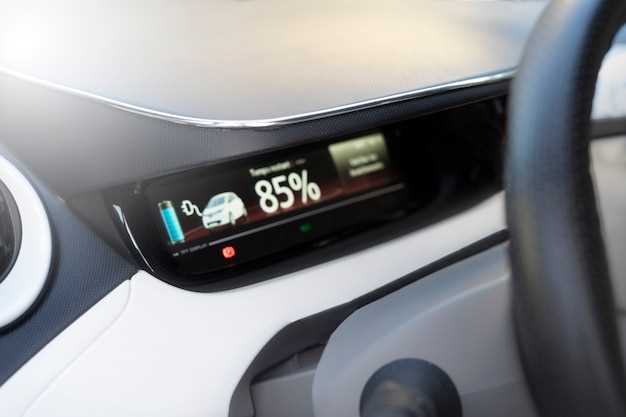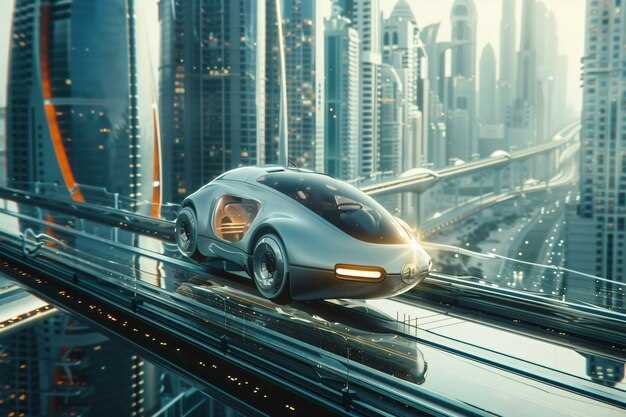
In recent years, the automotive industry has witnessed a significant shift towards electric vehicles (EVs), primarily driven by advancements in technology and a growing emphasis on sustainability. One of the most notable features of EVs is their ability to deliver impressive acceleration thanks to the inherent characteristics of electric motors. Unlike traditional internal combustion engines, electric motors provide instantaneous torque, allowing for rapid increases in speed from a standstill.
Traditional engines, while powerful in their own right, often require a specific RPM range to generate maximum torque. This means that acceleration in gasoline-powered vehicles can be affected by factors such as gear shifting and engine performance at various speeds. In contrast, EVs capitalize on the continuous power delivery from their electric motors, resulting in a more seamless and responsive driving experience.
This article delves into the key differences between EV acceleration and traditional engine performance, examining how the unique properties of electric motors enhance driving dynamics and redefine acceleration benchmarks. By understanding these differences, consumers can make informed decisions about their vehicle choices, weighing the benefits of EVs against the traditional alternatives.
Understanding Electric Motor Torque and Its Impact on Acceleration

Electric vehicles (EVs) utilize electric motors that generate torque more efficiently than traditional combustion engines. Torque represents the rotational force produced by the motor, and its influence on acceleration is paramount in EV performance. Unlike internal combustion engines, which typically have a narrower power band, electric motors deliver maximum torque instantly from a standstill.
This immediate availability of torque allows electric vehicles to accelerate rapidly compared to their gasoline counterparts. For instance, an electric motor can provide its peak torque at zero RPM, meaning the vehicle can jump from a complete stop to high speeds almost instantaneously. This characteristic enables many EVs to achieve 0 to 60 mph times that rival, or even surpass, those of high-performance sports cars.
The relationship between motor torque and acceleration is not merely about numbers; it involves the integration of the motor’s design, the vehicle’s weight, and traction control. The ability to modulate torque output precisely enhances traction, allowing electric drivetrains to distribute power effectively to the wheels even under challenging conditions.
Furthermore, regenerative braking systems in EVs utilize the motor’s torque capabilities to slow the vehicle while simultaneously recharging the battery. This feedback loop maximizes efficiency and optimizes the overall driving experience, making the EV not just fast in a straight line but also versatile and responsive in various driving situations.
In conclusion, understanding electric motor torque is crucial to grasping how acceleration differs in electric vehicles compared to those with traditional engines. The unique characteristics of electric motors, particularly their ability to generate torque without delay, fundamentally redefine performance metrics in the automotive landscape.
Analyzing 0-60 MPH Times: EVs vs. Internal Combustion Engines
Acceleration from 0 to 60 miles per hour (MPH) is a critical performance metric for both electric vehicles (EVs) and traditional internal combustion engine (ICE) vehicles. This measurement not only reflects the vehicle’s speed capabilities but also highlights the differences in performance characteristics between these two types of propulsion systems.
Electric vehicles primarily rely on electric motors, which provide an immediate and consistent torque output. This unique characteristic results in rapid acceleration, often outperforming many traditional gasoline-powered cars. Here are some key points to consider:
- Immediate Torque Delivery: Electric motors deliver maximum torque instantly from a standstill, allowing for quicker launch times.
- Performance Consistency: Unlike ICE vehicles, which may need to build RPMs to reach peak torque, EVs maintain their acceleration throughout the speed range.
- Less Mechanical Complexity: The simpler design of electric drivetrains, with fewer moving parts, contributes to their efficient power transfer, enhancing acceleration.
On the other hand, internal combustion engines also achieve impressive 0-60 times, particularly in high-performance models. However, their performance is influenced by several factors:
- RPM Dependency: ICE vehicles typically have a torque curve that peaks at higher RPMs, requiring the driver to manage gear shifts to optimize acceleration.
- Weight and Design: Many sports cars utilize lightweight materials and advanced aerodynamics, which can positively impact their acceleration despite the limitations of the engine technology.
- Powertrain Complexity: The mechanical complexity of ICEs may lead to variations in performance depending on maintenance and engine tuning.
In recent years, the advancement of technology has led to the emergence of high-performance electric vehicles capable of achieving 0-60 times that rival or exceed those of traditional sports cars. Popular models illustrate this trend:
- Tesla Model S Plaid: Achieves 0-60 MPH in approximately 1.99 seconds, showcasing unparalleled electric motor torque.
- Porsche Taycan Turbo S: Reaches 0-60 MPH in 2.4 seconds, demonstrating the effectiveness of electric propulsion in a luxury sports sedan.
- Lucid Air: Promises impressive acceleration figures with a strong emphasis on both luxury and performance.
In conclusion, when analyzing 0-60 MPH times, EVs tend to outperform traditional internal combustion engines primarily due to their instant torque delivery and efficient power management. As technology continues to advance, the gap between these two vehicle types may narrow, but the immediate performance advantages of electric motors remain evident in acceleration metrics.
The Role of Weight and Design in Performance Metrics for EVs and Traditional Vehicles

The performance of electric vehicles (EVs) and traditional vehicles is significantly influenced by their weight and design. Both of these factors play a critical role in determining acceleration, efficiency, and overall dynamics. For instance, EVs typically use electric motors that deliver instant torque, allowing for rapid acceleration regardless of the vehicle’s weight. However, the overall weight of the vehicle affects the efficiency of the motor and energy consumption. A lighter design can enhance the performance of the motor, leading to quicker acceleration times and greater range.
In contrast, traditional vehicles rely on internal combustion engines, where engine design and weight distribution are critical for producing both torque and power. Heavier vehicles may suffer from slower acceleration due to the inertia that needs to be overcome. Additionally, the placement of the engine affects handling and stability, influencing how efficiently the vehicle can harness its torque output during acceleration. An optimal weight distribution, combined with engine design, can significantly enhance performance metrics such as 0-60 mph times.
When comparing the two types of vehicles, it becomes evident that while EVs can counterbalance increased weight with efficient torque delivery from their motors, traditional vehicles must optimize weight and engine design to ensure peak performance. Innovations in materials and structural design are helping to reduce the weight of both types of vehicles, allowing for improved performance without sacrificing safety or comfort.
Ultimately, understanding the interplay between weight, design, and performance metrics is crucial for both manufacturers and consumers when evaluating the benefits and capabilities of EVs compared to traditional gasoline-powered vehicles.


